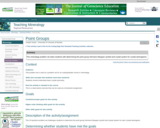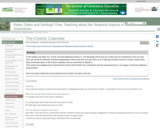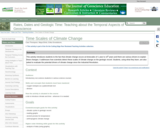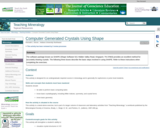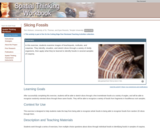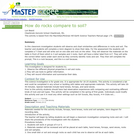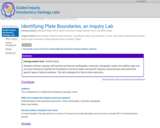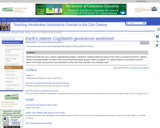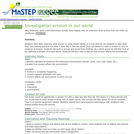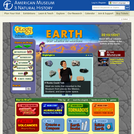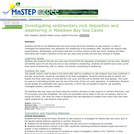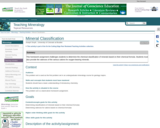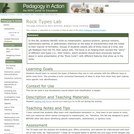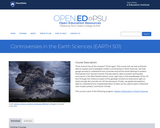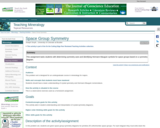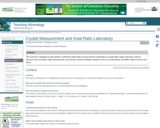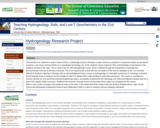
This activity is for students to work in teams (2012) or individually (2013) to develop a project (such as a physical or numerical model), survey based research, case study, technical briefs on a remediation technology, etc. of the students' choice, based on their understanding of and interest in the subjects covered in the class. This is used in the GL 199 Hydrogeology course, which is offered through the Department of Geology and Environmental Sciences at Norwich University. This is an experimental course that has not made it to the course catalogue as yet. It is currently offered to students majoring in Geology, with an acknowledgement that a course in hydrogeology is a desirable component of a Geology curriculum. Environmental Science students are encouraged to take it to deepen their understanding of subsurface processes. This course is considered a science elective for Civil and Environmental Engineering majors, and greatly complements the Hydrology, and Soils and Materials classes that are a part of the regular CE&E curriculum. Students from freshmen through seniors across these three majors are accepted into the course.
With a cross section of majors and academic years in the class, it was determined that a project that has students thinking about a topic of their choice and developing fundamental research and collaboration skills is critical to meeting common workplace demands.
(Note: this resource was added to OER Commons as part of a batch upload of over 2,200 records. If you notice an issue with the quality of the metadata, please let us know by using the 'report' button and we will flag it for consideration.)
- Subject:
- Applied Science
- Biology
- Business and Communication
- Career and Technical Education
- Environmental Science
- Environmental Studies
- Hydrology
- Life Science
- Management
- Oceanography
- Physical Science
- Political Science
- Social Science
- Material Type:
- Case Study
- Lesson Plan
- Provider:
- Science Education Resource Center (SERC) at Carleton College
- Provider Set:
- Teach the Earth
- Author:
- Tara Kulkarni
- Date Added:
- 11/04/2021

